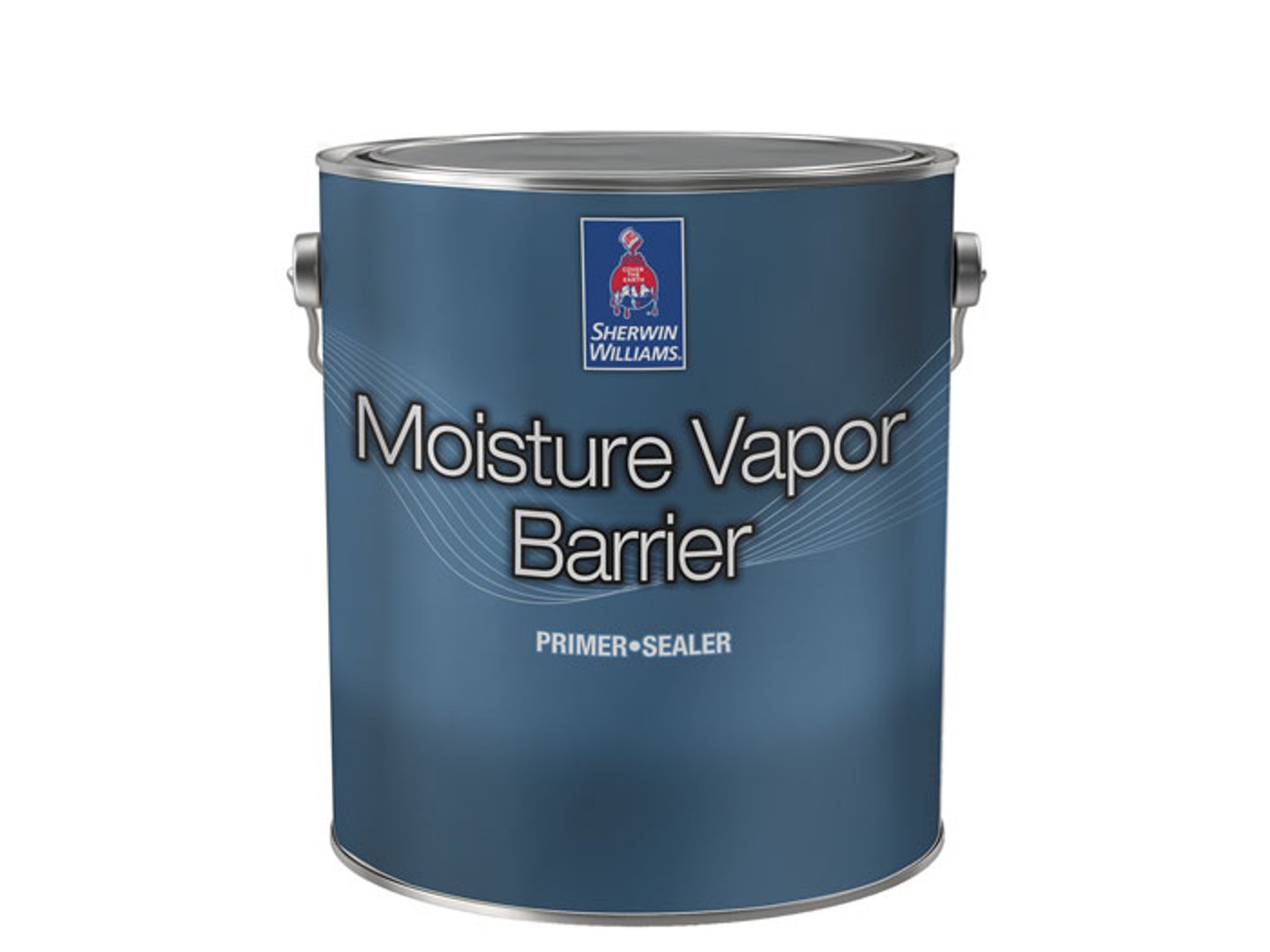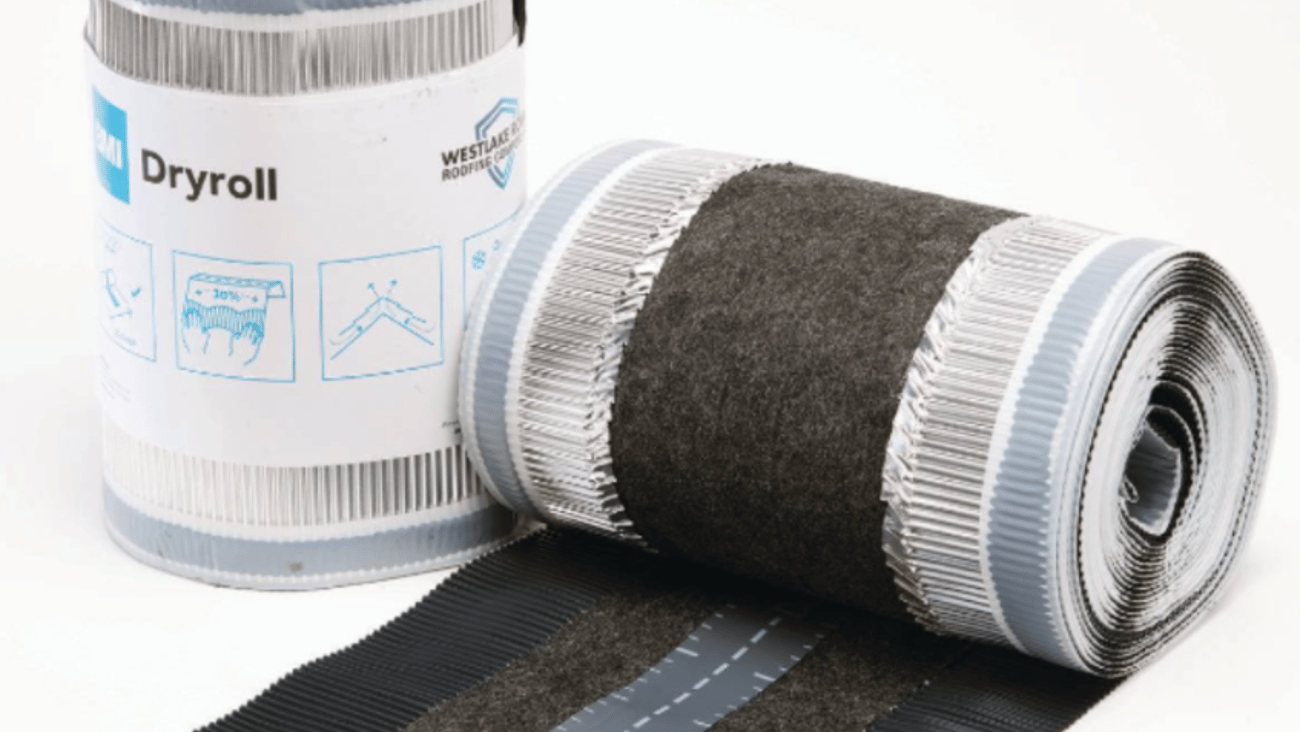New Moisture Vapor Barrier from Sherwin-Williams
Coatings solution addresses moisture vapor problems common in manufactured housing.
Sherwin-Williams has introduced Moisture Vapor Barrier Interior Latex Primer/Sealer, a quick-drying coating designed to help reduce the loss of moisture through walls and ceilings.
The new waterborne formula combines a primer and finish into a single, cost-effective solution intended to address moisture vapor problems common in manufactured housing facilities.
“Moisture Vapor Barrier is a dependable problem-solving tool that helps address common and potentially costly mold and wood damage,” said Steve Revnew, senior vice president of product innovation at Sherwin-Williams. “With user-friendly application and easy soap and water clean-up, it provides maximum benefit to pros and their clients.”
Moisture Vapor Barrier can be top-coated with any interior latex or alkyd product in as little as two hours for a dependable, long-lasting finish. It meets the most stringent VOC regulations with <50 g/L VOC and can be applied directly to previously painted surfaces or bare drywall. It’s UL/Greenguard Gold Certified for low chemical emissions during application.
The new waterborne formula combines a primer and finish into a single, cost-effective solution intended to address moisture vapor problems common in manufactured housing facilities.
“Moisture Vapor Barrier is a dependable problem-solving tool that helps address common and potentially costly mold and wood damage,” said Steve Revnew, senior vice president of product innovation at Sherwin-Williams. “With user-friendly application and easy soap and water clean-up, it provides maximum benefit to pros and their clients.”
Moisture Vapor Barrier can be top-coated with any interior latex or alkyd product in as little as two hours for a dependable, long-lasting finish. It meets the most stringent VOC regulations with <50 g/L VOC and can be applied directly to previously painted surfaces or bare drywall. It’s UL/Greenguard Gold Certified for low chemical emissions during application.




